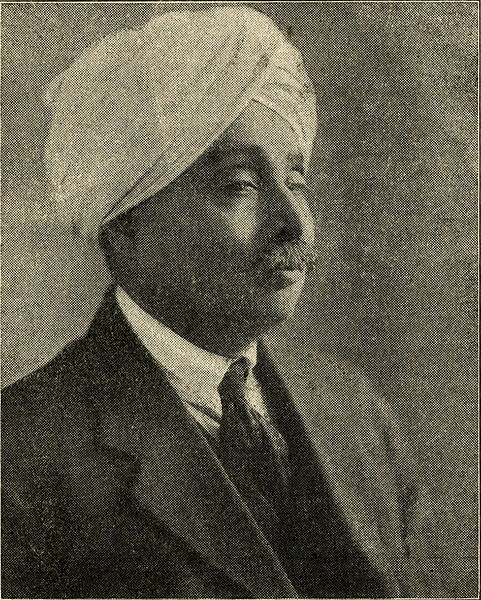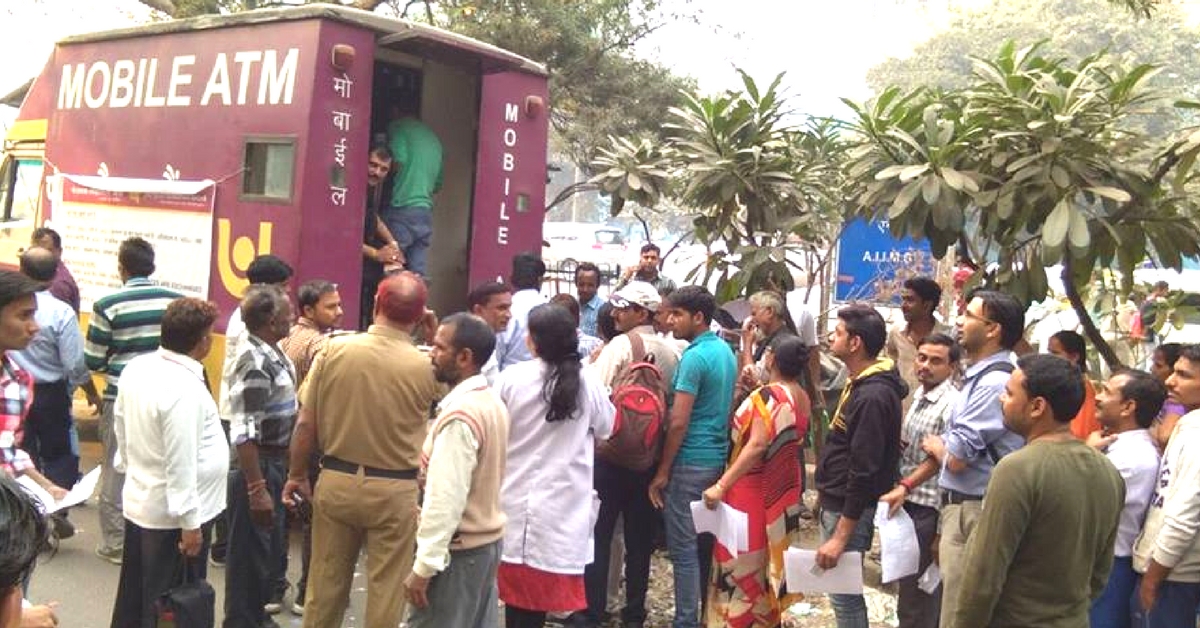Today, the Punjab National Bank is in the news for all the wrong reasons. Once upon a time, however, it was a bank at the heart of the Independence movement. Long before Mahatma Gandhi had arrived on the scene, it was Rai Mool Raj of the Arya Samaj, a Hindu reformist organisation, who suggested the idea of a bank that Indians could call their own.
According to Lala Lajpat Rai, the legendary freedom fighter, Raj was of the belief “that Indian capital was being used to run English banks and companies, the profits accruing from which went entirely to the Britishers whilst Indians had to be content with a small interest on their own capital.”

On Mool Raj’s insistence, Lajpat Rai sent a letter to selected friends and acquaintances who were imbued with the spirit of nationalism and economic independence for Indians, to set up a bank. Finally, on May 19, 1894, the Punjab National Bank was born — a bank owned, operated and managed by Indians.
This entire venture was a product of the Swadeshi movement undertaken by nationalist leaders who wanted get rid of colonial rule and improve the country’s economic condition. The founding board of this bank comprised of members from varied backgrounds.
Sardar Dayal Singh Majithia (founder of English-language daily Tribune), Lala Harkishen Lal (one of Punjab’s earliest industrialists), Lala Lalchand, Kali Prosanna Roy, EC Jessawala, Prabhu Dayal, Bakshi Jaishi Ram and Lala Dholan Dass were members of the founding board.
There were Hindus, Sikhs, Parsis, Bengalis and Punjabis on the board, reflecting the cosmopolitan nature of this venture determined to fulfil their ambitions of setting up an Indian bank built on Indian capital. Independence, they believed, was an inevitability. When the moment came, these founders believed that for India needed solid financial institutions that could propel the process of growth and prosperity.
Great foresight and nationalistic fervour were the initial propellers of this venture. Under the chairmanship of Sardar Dayal Singh Majithia, the bank was open to the public on April 12, 1895, a day before the harvest festival of Baisakhi.
At the board’s first meeting, it was decided that the original shareholders and seven directors of the bank would own modest amounts of shares with the rest distributed to varied shareholders. Merely seven months after the bank opened to the public it declared a maiden dividend of 4%.
The first person to open an account with the bank was the famed freedom fighter Lala Lajpat Rai at the home branch in Anarkali, Lahore. “Authorised total capital of the Bank was Rs 2 lakhs, and the working capital was Rs 20000. It had a total staff strength of nine and the total monthly salary amounted to Rs. 320,” says the PNB’s website. Rai soon became part of the board of directors.
Over the years, the bank opened other branches across the undivided Punjab province, Sindh, North West Frontier Province and mainland modern-day India, besides opening a branch in Burma.
As a result of good management, the bank survived several tumultuous moments in Indian banking history. For example, from 1913 to 1918, the banking industry in India suffered an acute crisis following poor management practices. Nearly 78 banks had shut shop during this period. Despite suffering serious hits to its operations, the bank also survived the global tumult in the banking sector following the Great Depression of 1929.
In the meantime, PNB became the trusted bank of several freedom movement luminaries like Jawaharlal Nehru, Lal Bahadur Shastri, and even Mahatma Gandhi. Despite the establishment of the Oudh Commercial Bank in 1881 (which shut shop in 1958), PNB was India’s first successful Swadeshi bank.
The next major event of the bank’s operation was Partition. When noted banker Lala Yodh Raj took over as chairman of the bank in 1943, Indian soldiers were involved in World War II, and leaders of the freedom movement were locked up in jail. When World War II came to an end, talk of partition had picked up steam. In an act of great foresight and competent management, Lala Yodh Raj decided to relocate the bank’s head office from Lahore to Underhill Road in Delhi in June 1947, which was months before Partition.
Despite closing down 92 branches in modern-day Pakistan, which made up a third of its branches, and 40% of total deposits, the bank was determined to help those fleeing Pakistan and aid the process of nation-building following Independence. Thousands of account holders who had left everything behind in Pakistan after migrating into India were guaranteed that their money was safe in PNB.
Those who could furnish any type of documentary evidence of holding an account in the bank were repaid their deposits, says this ANI report.
With the bank now firmly entrenched in Delhi, it soon changed hands with a noted family of industrialists — the Dalmias — buying a controlling share of the bank in 1953.
“In 1951, the Bank took over the assets and liabilities of Bharat Bank Ltd. and became the second largest bank in the private sector. In 1962, it amalgamated the Indo-Commercial Bank with it,” according to the PNB website.
Everything changed on July 19, 1969, when former Prime Minister Indira Gandhi initiated the process of nationalising banks, and PNB was one of its first casualties. With control of the bank moving into the hands of politicians, banks suffered financially. With little freedom to decide their own lending policy, these banks just became instruments in the hands of politicians who enriched themselves and their cronies. Besides a combination of other factors, the scams we see today are a result of excessive government control of our banks. This is the state of India’s second-largest public-sector bank today.
From the heights of the Swadeshi movement to the Nirav Modi scam, PNB has indeed come a long way, and not necessarily for the right reasons.
Like this story? Or have something to share? Write to us: contact@thebetterindia.com, or connect with us on Facebook and Twitter.
NEW: Click here to get positive news on WhatsApp!
If you found our stories insightful, informative, or even just enjoyable, we invite you to consider making a voluntary payment to support the work we do at The Better India. Your contribution helps us continue producing quality content that educates, inspires, and drives positive change.
Choose one of the payment options below for your contribution-
By paying for the stories you value, you directly contribute to sustaining our efforts focused on making a difference in the world. Together, let's ensure that impactful stories continue to be told and shared, enriching lives and communities alike.
Thank you for your support. Here are some frequently asked questions you might find helpful to know why you are contributing?

